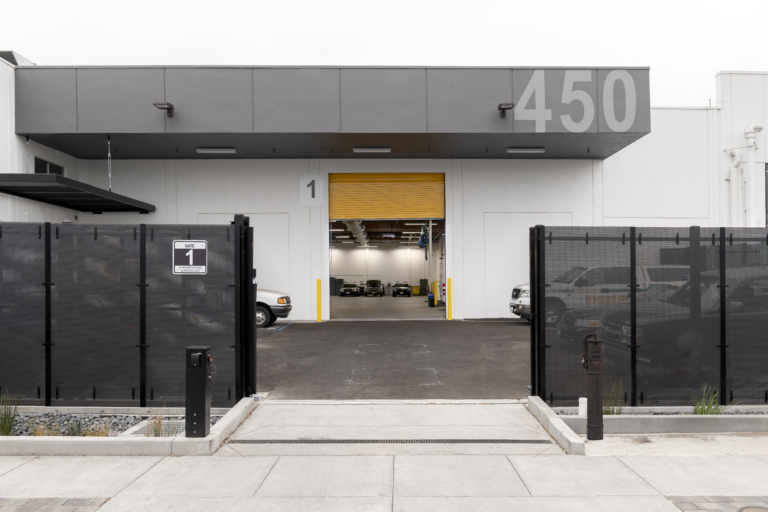Most construction industry professionals enter any project with the best of intentions and a drive to achieve successful resolutions. How do we maintain that early positivity in navigating the intricacies of a large construction project?
The City of San Francisco’s Partnering process is one means to achieve just that. Our LEED Gold, San Francisco Central Shops adaptive re-use project was a great example of how a complicated project can be successful when a design and construction team are focused on the same goals and help each other find ways to achieve them—from kick-off through completion.
Back in 2012, San Francisco became the first city in the nation to adopt a citywide partnering directive. As stated by the San Francisco Public Works, “The Partnering process will assist the City and our contractors to develop a collaborative environment, establish clear lines of communication and encourage conflict resolution at the lowest management level. Partnering will help us deliver higher quality projects, reduce delays and cost overruns, increase job satisfaction and safety, and mitigate and resolve claims faster.”
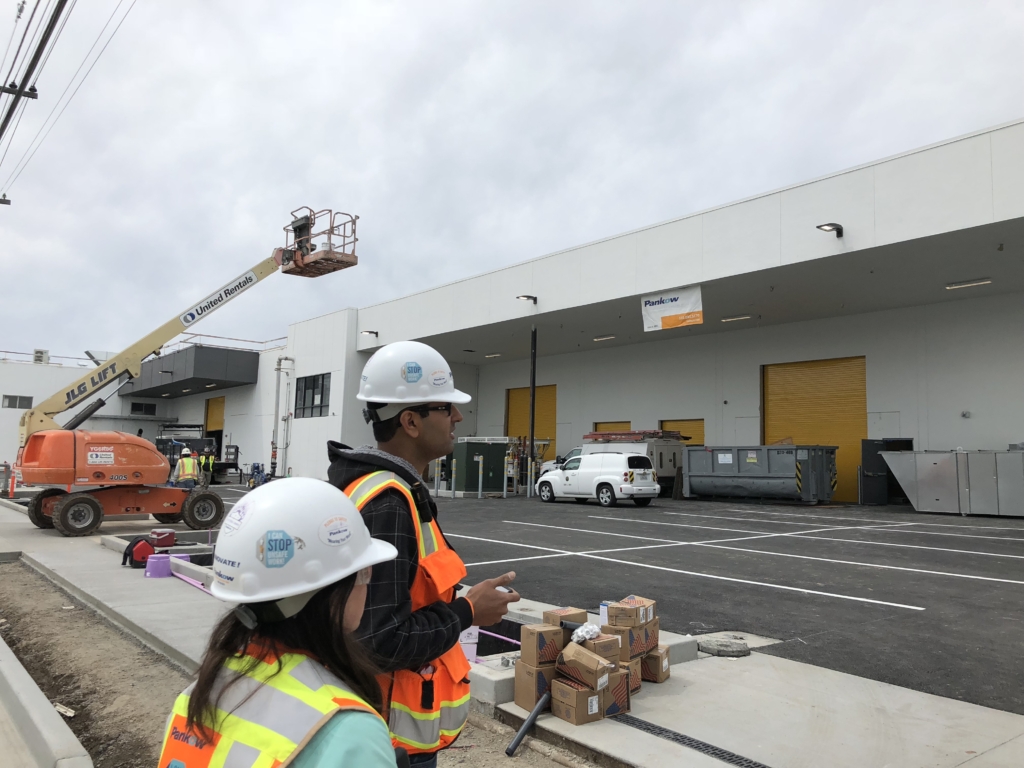
IDENTIFYING DECISION MAKERS
The Facilitator is crucial to the Partnering effort. Their role is to lead meetings and encourage openness and engagement. The Facilitator starts by ensuring all parties understand the tools for making progress and avoiding conflict at the initial kick-off meeting. Tools such as the Resolution Ladder, Project Scorecards and periodic partnering workshops proved invaluable in our Central Shops project. The workshop meetings for Central Shops included all other consultants, the developer (Oryx), the general contractor (Pankow), key sub-contractors, and even the end-user to ensure the completed project would meet their functional requirements.
The Facilitator and team also begin by drafting up a “Partnering Charter”—a document that clearly defines what the decisions and issues are, who is responsible for taking care of them, the timeframe involved, and who else needs to be informed. “It really boils down to identifying who the responsible parties are for decision making and when,” said Senior Project Architect, Dillon Parker. “Without that, everything can easily unfold and go sideways.”
The intricacy of any modern construction project means, despite everyone’s best efforts, that some pieces of scope will inevitably slip between the cracks. At Central Shops, there were portions of the scope where that could have happened. The Partnering Charter and the Key Project Decisions List enabled the identification of the people responsible and empowered resolution of issues before they ever really became problems.
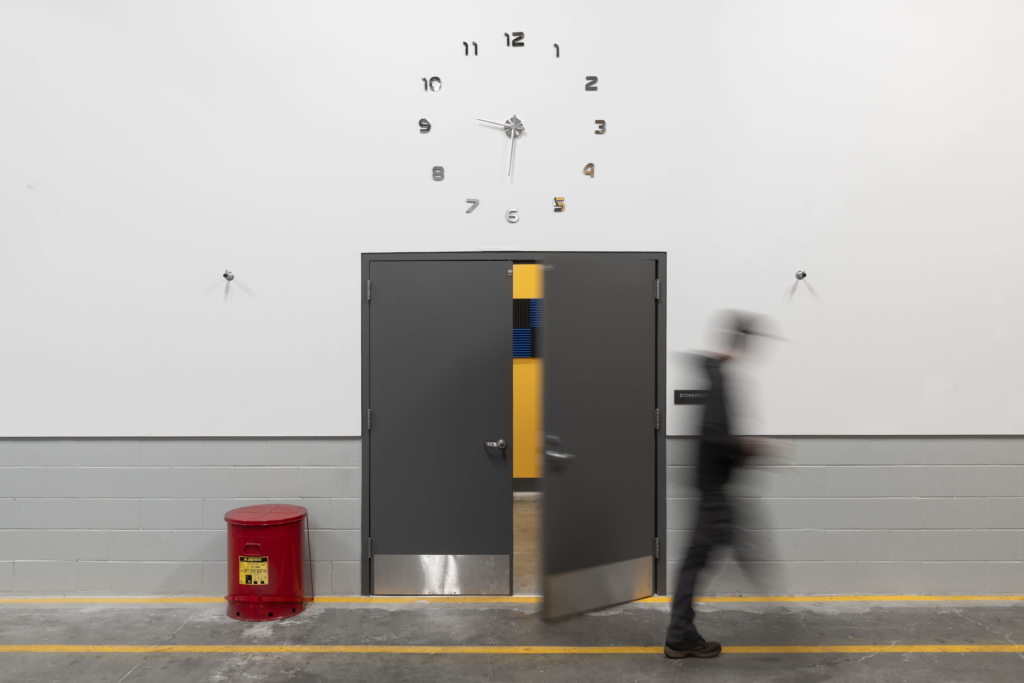
CLEAR COMMUNICATION
We know, as a project team, that the City’s goal was to establish clear lines of communication and develop a collaborative environment. If a facilitator sees indicators of potential conflict it may be time to have an additional session. These sessions help the team hold itself accountable and maintain momentum.
“The early workshop sessions are about identifying potential project obstacles and establishing guidelines for working through conflict,” Commercial Practice Leader, David K. Plotkin said. “Although the program focuses on preventing or minimizing conflict, our team was fortunate to never have any major issues.” Those sessions enabled the team to establish a rapport so that even when challenges arose everyone, including the contractor and the user-group, could sit down together and resolve it.
“What came out the sessions was the team with clearly identified roles,” Dillon added. “Us, as problem solvers and designers, Pankow providing pricing information and expertise on means and methods, and the user group maintaining focus on the program.”
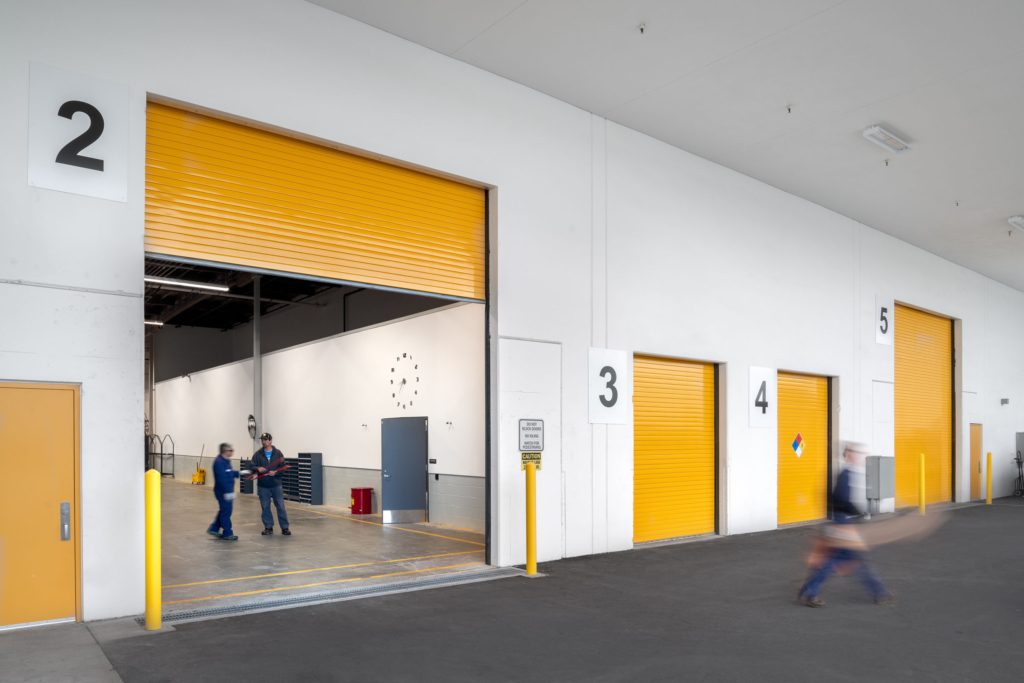
KNOWING TO LISTEN
Parts of the Central Shop’s program in the initial scope were not suitable for how the user-group functioned. Thankfully though, the users were part of WDA’s project standard Owner-Architect-Contractor (OAC) meetings as well as all the design and milestone meetings. We took those opportunities to listen, to speak to the people who would know how the building needed to operate, and to investigate their needs at a granular level.
“We asked questions and, most importantly, we listened,” Dillon said. “We asked programmatic questions that only the users could really answer, like ‘should this really be a locked door, what is the last level of security?’ Based on the user group feedback, we came up with solutions, including changing some of the adjacencies in the program so that it could function properly as the medium-to-light duty shop that it was intended to be.”
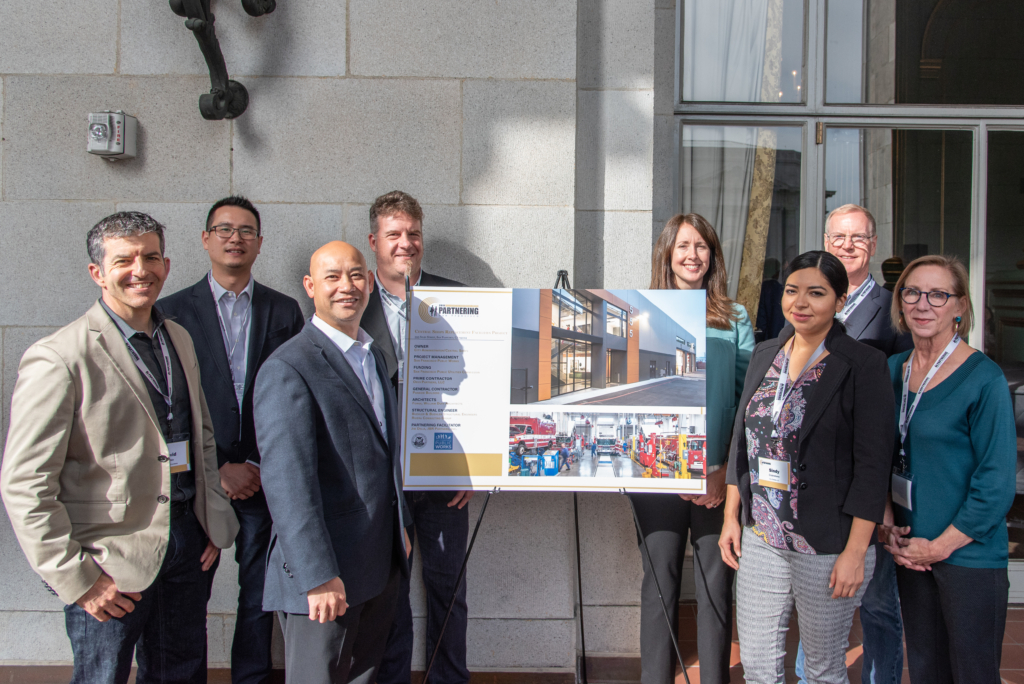
SETTING THE TONE FOR SUCCESS
“The Partnering program provided a forum for people to talk about things in a safe place. We also had a team that already gelled well together. We had like-minded people who understood the goals going in. The Partnering process helped set the tone and accelerated the good nature of our relationships,” concluded David. “It was a very therapeutic process.” We’re proud to announce our Central Shops project went on to win two partnering awards, including the IPI Awards and the San Francisco Collaborative Partnering Awards.
Maintaining positivity through the navigation of a modern construction project is about creating an environment that encourages communication, keeping the end-goals in mind, and working together to find successful resolutions. These were always good ideas; the Partnering process just reinforces that and commits all of us to it.
Written by Neil Ginty, Architect
Contributors: David K. Plotkin, AIA, LEED AP; Dillon Parker, AIA; Steven Lovell, Architect; Sarah Mergy; Wendy Osaki; Brenna Daugherty
